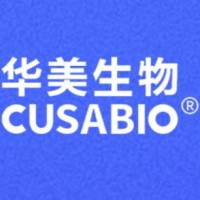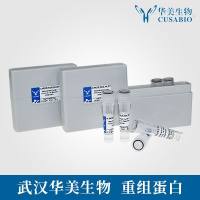Enantioseparations by High-Performance Liquid Chromatography Based on Chiral Ligand-Exchange
互联网
互联网
相关产品推荐

Liquid Blocker Super PAP Pen (免疫组化笔),阿拉丁
¥297.90

PREB/PREB蛋白/Mammalian guanine nucleotide exchange factor mSec12蛋白/Recombinant Human Prolactin regulatory element-binding protein (PREB), partial重组蛋白
¥69

SIRPA/SIRPA蛋白Recombinant Human Tyrosine-protein phosphatase non-receptor type substrate 1 (SIRPA)重组蛋白Brain Ig-like molecule with tyrosine-based activation motifs蛋白
¥1344
![(S)-2-chloro-5,6,7,8,9,10-hexahydrocyclohepta[b]indole-6-carboxaMide;848193-72-6;≥97% (chiral, HPLC);V10653-1mg](https://img1.dxycdn.com/p/s14/2025/1027/131/2990871289947862891.jpg!wh200)
(S)-2-chloro-5,6,7,8,9,10-hexahydrocyclohepta[b]indole-6-carboxaMide;848193-72-6;≥97% (chiral, HPLC);V10653-1mg
¥1700

SCF重组蛋白|Recombinant Human SCF / C-kit ligand Protein (aa 1-189, His Tag)
¥580
相关问答
推荐阅读
Enantioseparations by High-Performance Liquid Chromatography Using Polysaccharide-Based Chiral Stationary Phases: An Overview
Enantioseparations by High-Performance Liquid Chromatography Using Macrocyclic Glycopeptide-Based Chiral Stationary Phases: An Overview
Enantioseparations of Primary Amino Compounds by High-Performance Liquid Chromatography Using Chiral Crown Ether-Based Chiral Stationary Phase

